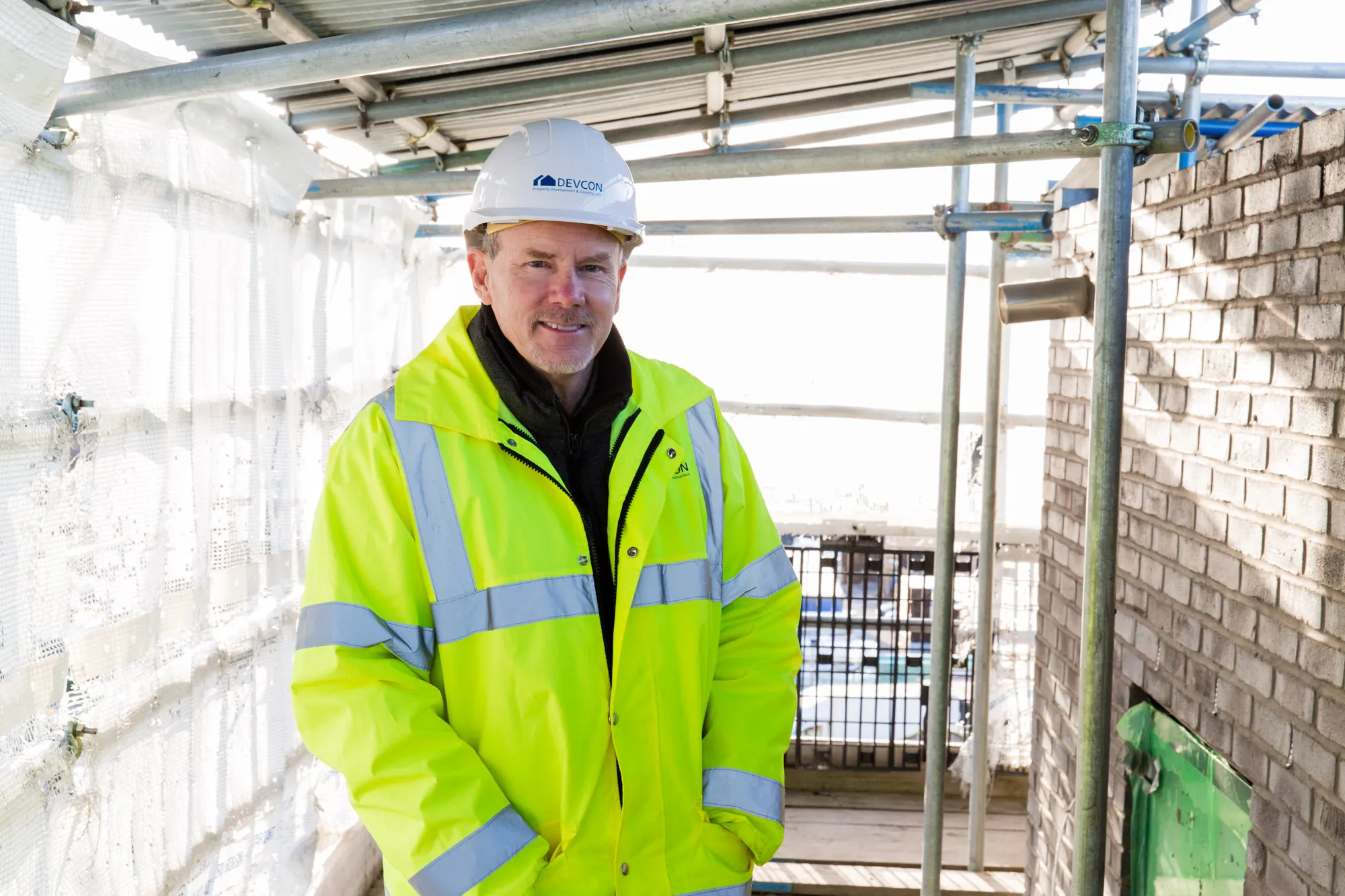In the construction industry, where hazards and risks are inherent, ensuring workers' and stakeholders' health and safety is paramount. Devcon understands the significance of prioritising health and safety measures throughout all project stages. We are committed to safeguarding our workforce's well-being and maintaining a secure environment.
Our commitment to health and safety begins with fostering a strong safety culture. This entails instilling a mindset where every individual involved in the project, from top management to on-site workers, recognises the importance of safety and actively contributes to its maintenance. By integrating safety into the company's core values and providing comprehensive training and education programs, we lay the foundation for a safe work environment.
We comply with all applicable health and safety regulations and standards. Adhering to national guidelines helps protect our workforce, visitors, and the surrounding community. These regulations cover various aspects, such as using personal protective equipment (PPE), proper equipment maintenance, and safe working practices. We stay abreast of changing regulations and ensure all employees are trained and equipped to work within the established guidelines.
Identifying potential hazards and implementing effective risk management strategies is another of our crucial responsibilities. Conducting thorough risk assessments before commencing any project helps identify potential dangers and allows for implementing necessary controls to minimise risks. This involves developing comprehensive safety plans, providing adequate training, and employing risk reduction techniques, such as regular inspections, safety audits, and hazard identification procedures.
We establish and enforce safe work practices on all construction sites. This includes providing proper equipment, tools, and machinery that meet safety standards and regular maintenance and inspections. Promoting clear communication and coordination among workers is vital to avoid accidents resulting from miscommunication or inadequate coordination. Regular safety meetings, toolbox talks, and safety signage help reinforce safe practices and encourage a proactive approach to preventing accidents.
We are prepared to handle emergencies effectively. This involves developing comprehensive emergency response plans to familiarise workers with emergency procedures. Adequate first aid facilities, fire safety equipment, and evacuation plans are in place to ensure the safety and well-being of all personnel in an emergency. Regular training on emergency response protocols and promoting a culture of reporting and addressing near-misses helps prevent incidents and fosters a safer working environment.
Our commitment and responsibilities towards health and safety are crucial for maintaining a secure work environment and protecting the well-being of workers and stakeholders. By fostering a safety culture, complying with regulations, conducting risk assessments, ensuring safe work practices, and being prepared for emergencies, we demonstrate our dedication to prioritising health and safety. Ultimately, by investing in these measures, we create a positive work environment, reduce accidents and injuries, and enhance productivity and overall project success.

